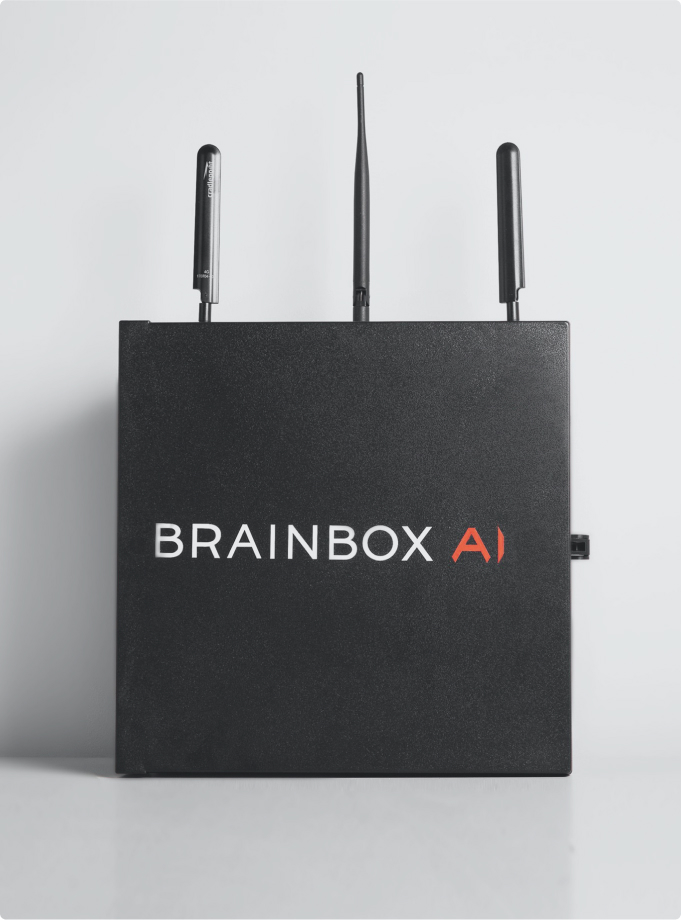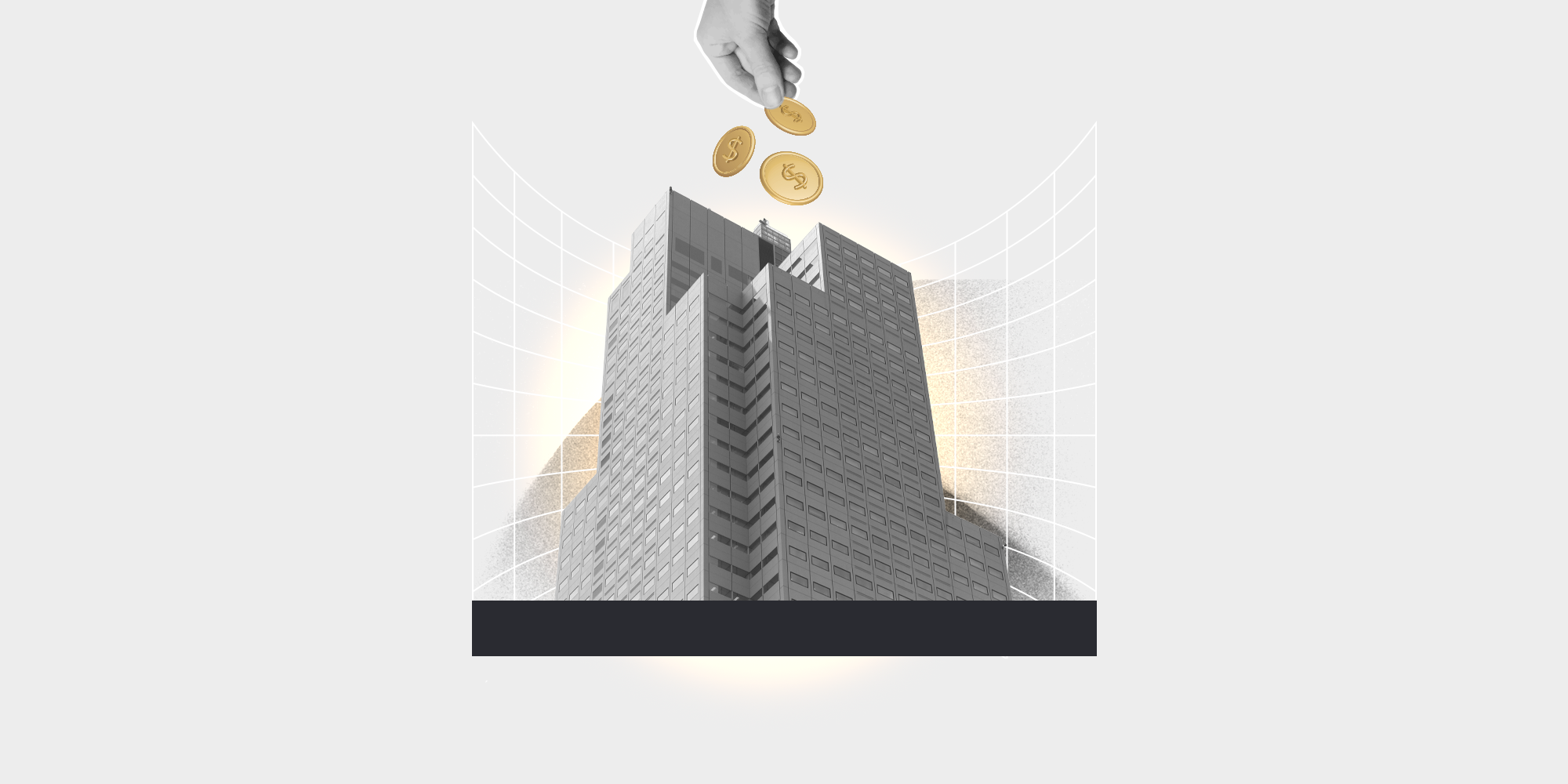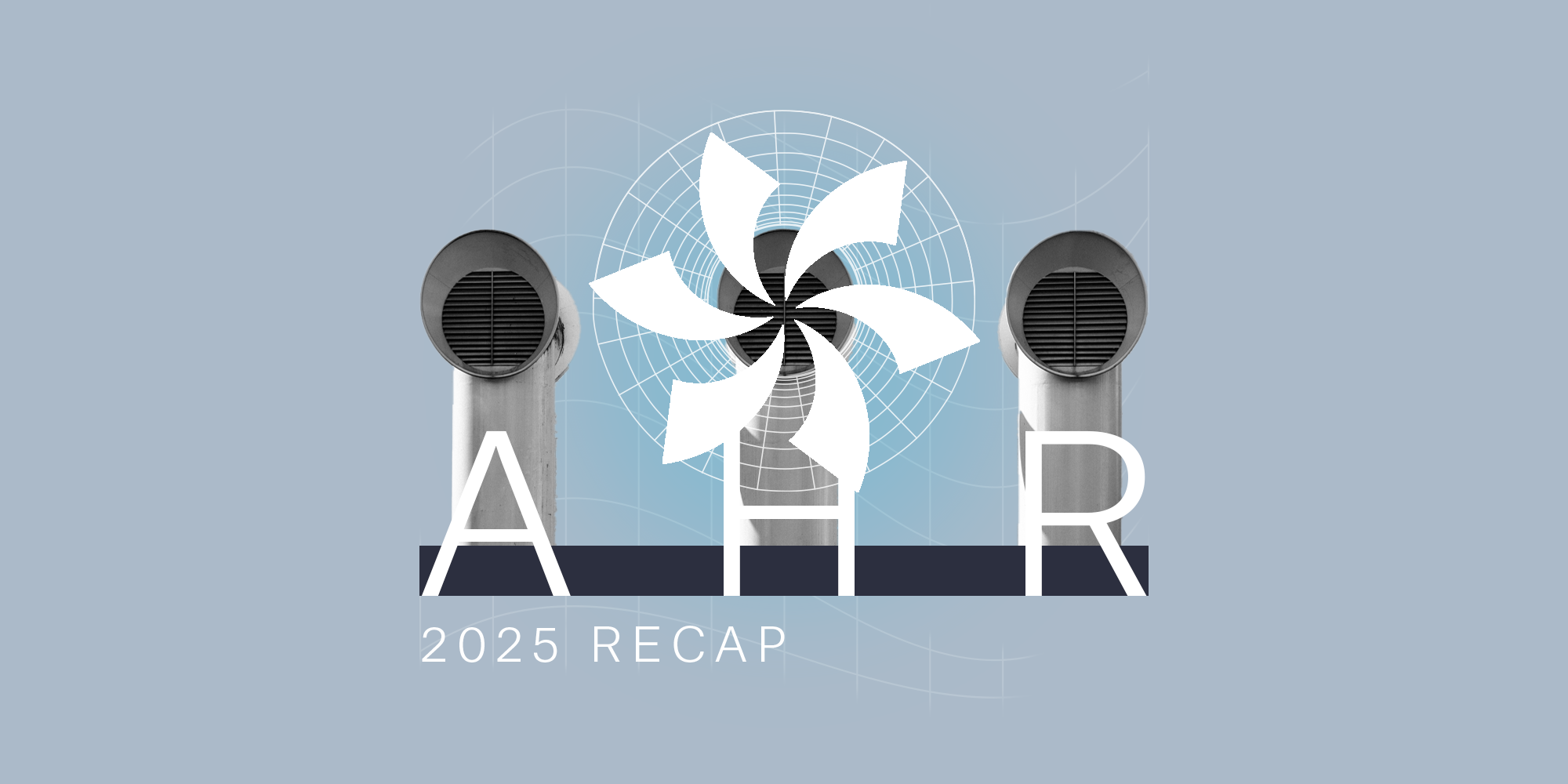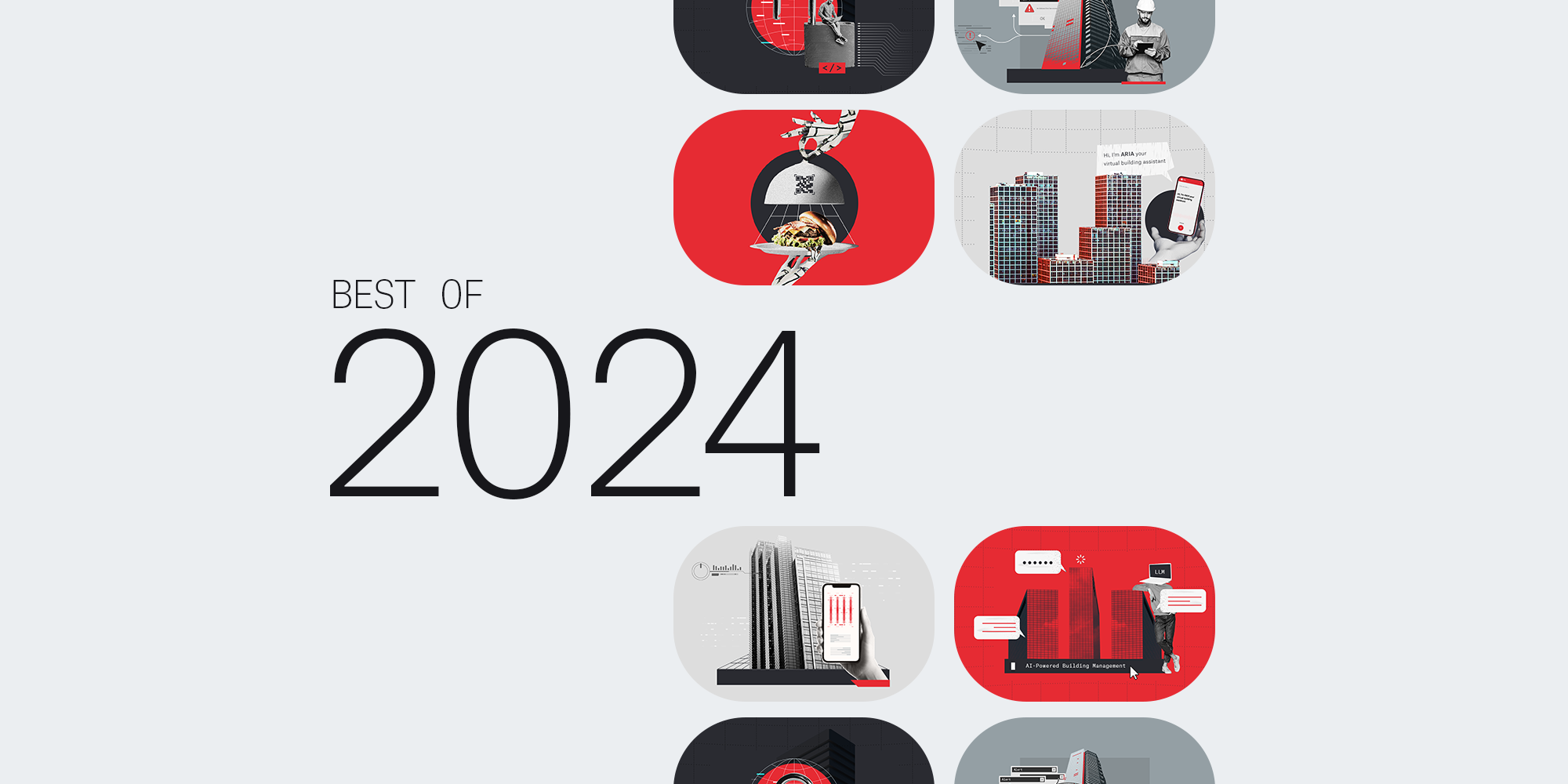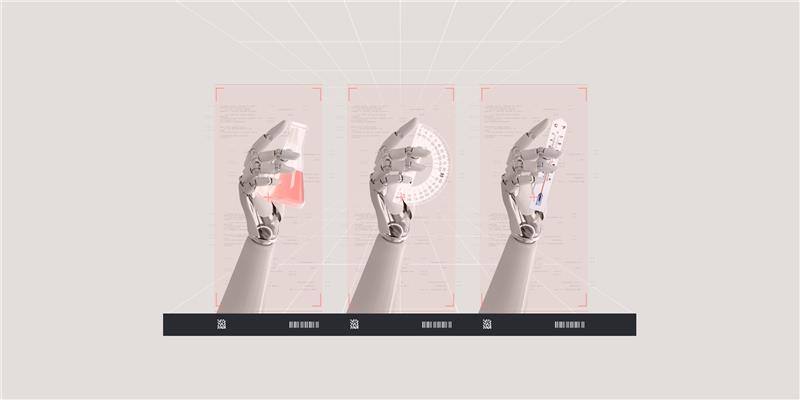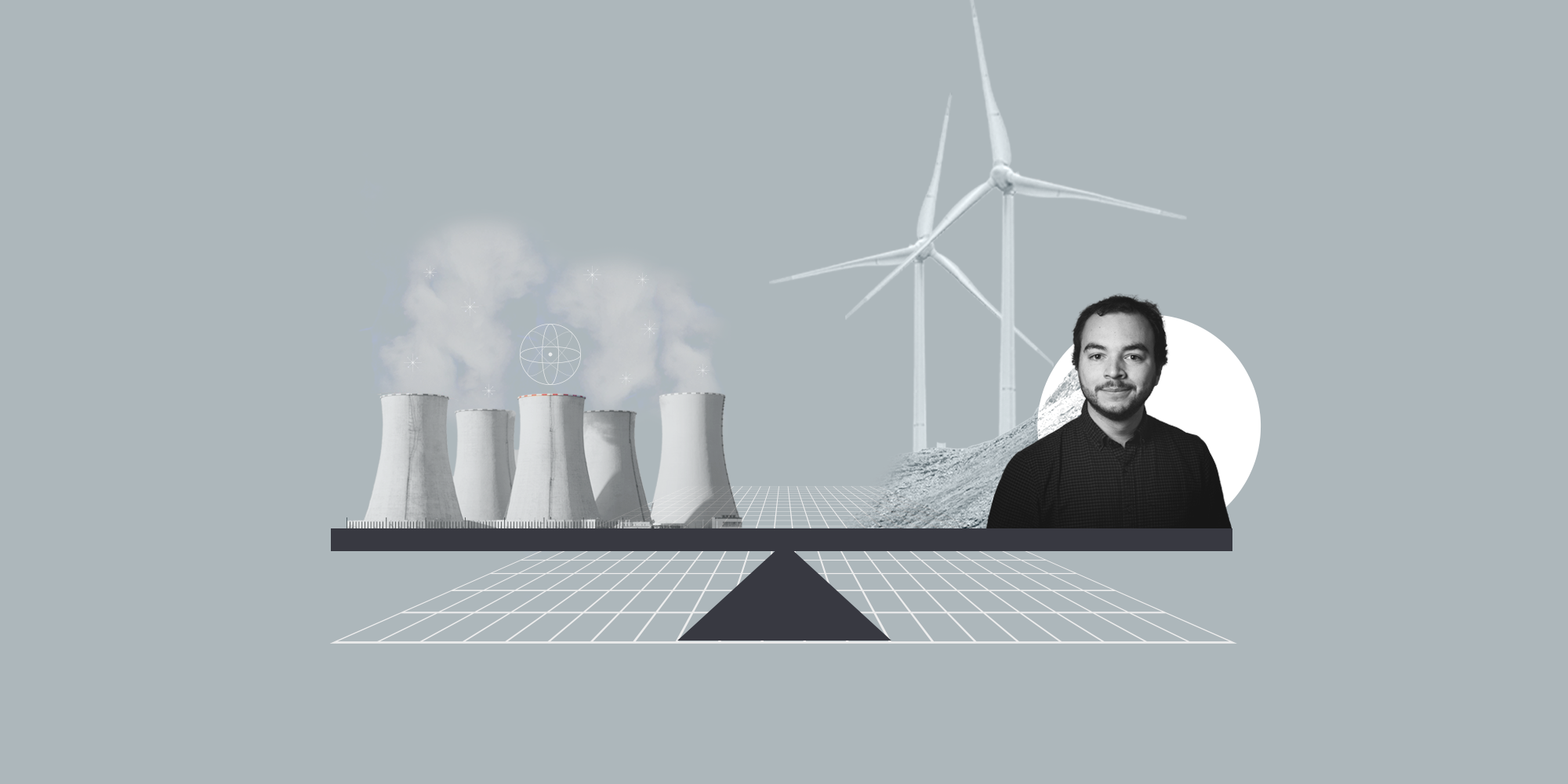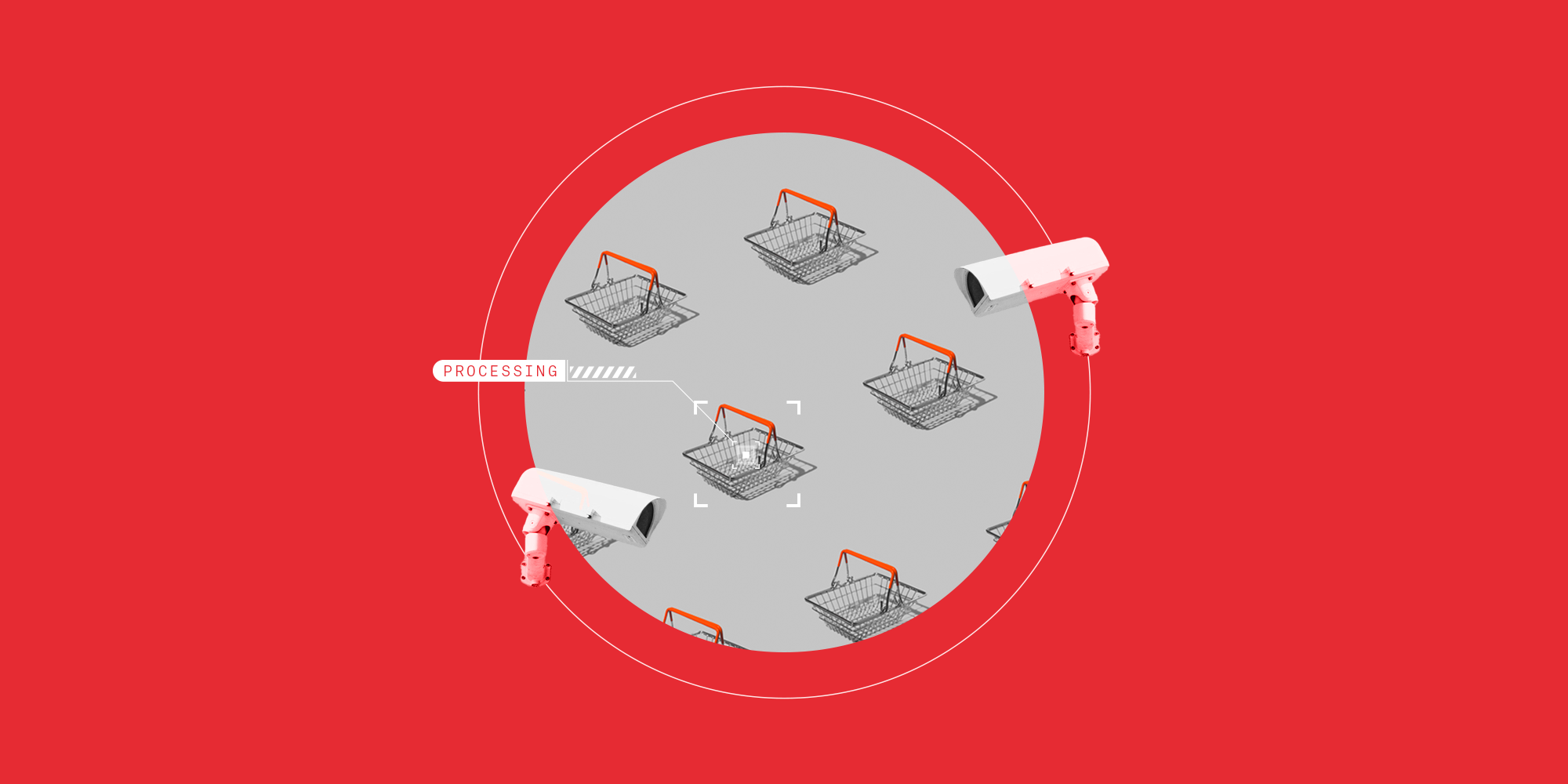Mastering building energy efficiency: EUI and energy consumption
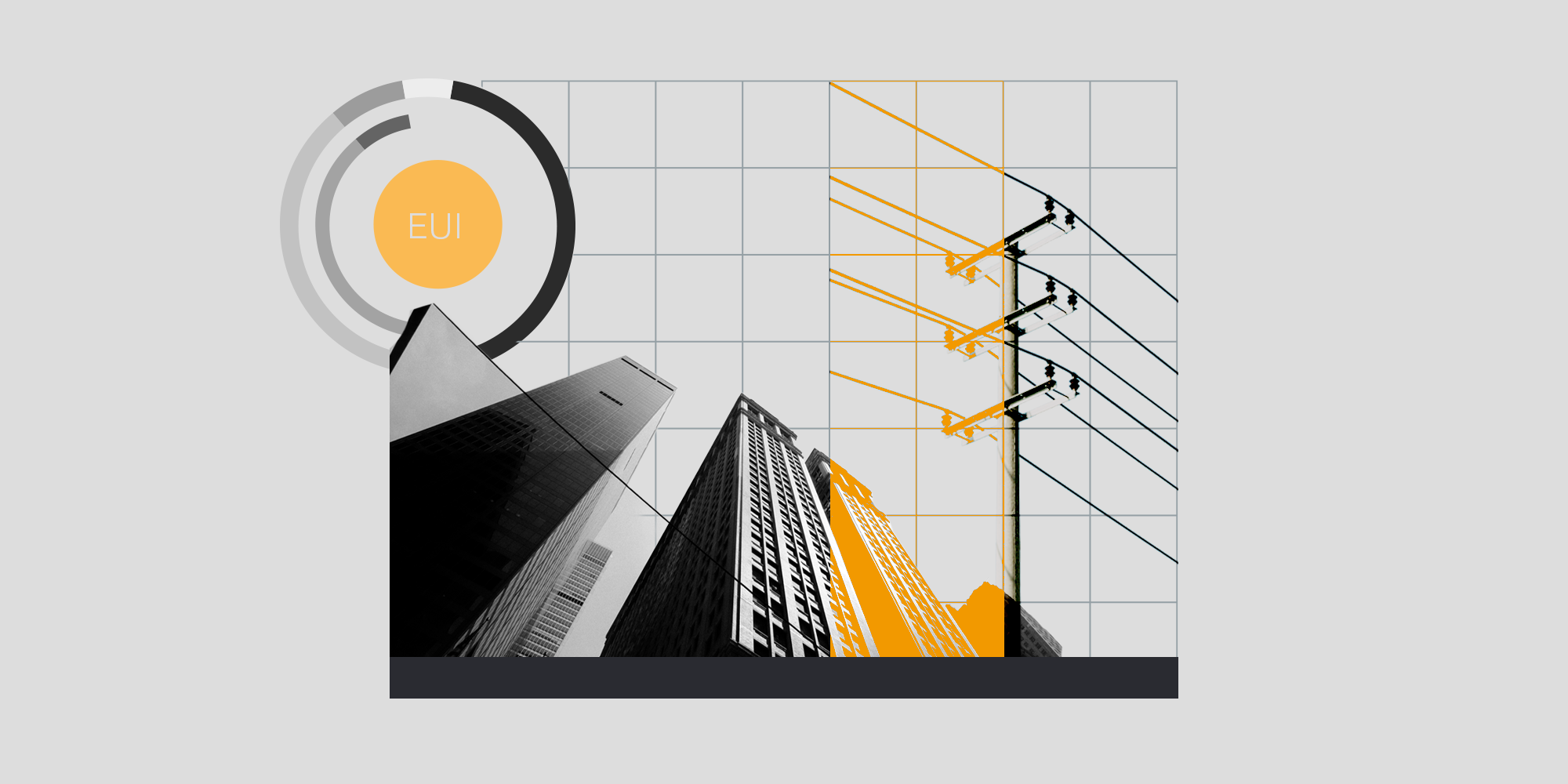
Key takeaways
- Energy use intensity (EUI) measures a building's energy efficiency, crucial for managing its carbon footprint.
- Efficient EUI ranges vary by building type, e.g., 40-80 kBtu/ft²/yr for office buildings and 200-400 kBtu/ft²/yr for hospitals.
- A building's major energy usage comes from HVAC systems (40-60%), lighting (20-30%), and water heating (10-15%).
- EUI averages differ by region. In the US, for example, it averages 92 kBtu/ft²/yr. This number is higher in colder climates like Canada.
- Key EUI reduction strategies include upgrading to energy-efficient systems, enhancing insulation, and implementing smart building technologies.
Climate change continues to impact our world. And buildings continue to impact the climate. To meet looming net zero goals, we need to up our game to lower our emissions - and the spaces in which we live, work, and play can be seen as low-hanging fruit. But to reduce our building emissions intelligently, we first need to understand how to manage and optimize our energy use intensity.
What is energy use intensity ?
Energy use intensity (EUI) is a metric that indicates how energy-efficient a building is. It's both a crucial indicator of a building’s energy performance and the key metric for determining your building’s carbon footprint and how to reduce it.
Just like a car’s fuel economy tells you how far it can go on a set amount of fuel, EUI is measured by the amount of energy a building uses per square foot per year.
EUI can be used in several ways: it can show an existing building’s metered energy consumption, compare energy performance between similar buildings, and project future energy use (known as predicted EUI or pEUI).
What is considered a "Good" EUI for different building types?
EUI is measured as energy consumed per unit area, typically in kBtu/ft²/yr. The benchmarks for a good EUI vary significantly depending on factors such as the building's type, location, and operational demands. From a high level perspective, the closer your building's EUI score is to the lower end of its category's range, the more you can consider it a "good EUI".
Here’s a quick rundown of the EUI ranges per building type in the US:
- Restaurants exhibit higher EUIs, ranging from about 200 to 350 kBtu/ft²/yr. This is largely due to their extensive use of energy-intensive kitchen equipment, need for constant climate control, and extended operating hours to accommodate food preparation and service, making them one of the highest energy-consuming building types.
- Healthcare facilities: Operate around the clock and house a large array of specialized, energy-hungry medical equipment, like MRI machines and CT scanners, so they often have higher EUIs - ranging from less than 100 - 250 kBtu/ft²/yr.
- Retail stores: Have a range of around 25-130 kBtu/ft²/yr.
- Office buildings generally eat up around 65.6 kBtu/ft²/yr.
- Schools and educational facilities: Typically see EUIs around 62.7 kBtu/ft²/yr, but this number varies with the level of activity and facility usage.
- Warehouse and storage: Warehouses and storage facilities generally have lower energy use intensities (EUIs) due to their typically vast, open spaces and limited need for climate control or specialized equipment. Their EUI ranges from approximately 10 to 30 kBtu/ft²/yr.

EUI ranges statistics source: eia.gov
What building activities consume the most energy?
Energy consumption in buildings is typically categorized into several key areas, each contributing differently to the total energy footprint. Here’s how energy usage is generally divided:
1. Heating, Ventilation, and Air Conditioning (HVAC) Systems
HVAC systems are often the largest energy consumers. They're responsible for maintaining air quality and comfy indoor temperatures. All this can account for 40-60% of a building's total energy use
2. Lighting
Lighting is another significant energy user, typically making up about 20-30% of a building's energy consumption. Advances in technology, like LED lighting and smart lighting systems that adjust based on occupancy and natural light, can lead to substantial energy savings over time.
3. Water heating
Water heating generally consumes 10-15% of a building's energy. This includes the energy used to heat water for showers, dishwashing, laundry, etc. The efficiency of water heating systems can vary significantly depending on the technology used. Tankless water heaters, for example can be 24%–34% more energy-efficient than traditional storage water heaters.
4. Appliances and office equipment
In commercial buildings, office equipment like computers, printers, and photocopiers can consume 10-20% of total energy. In residential settings, this category expands to include all household appliances like fridges, ovens, and washers, which collectively represent a similar percentage of energy use.
5. Other
Of course, there are numerous other activities that consume energy within a building, including outdoor lighting, elevators, and some industrial processes. Although these uses may account for a smaller piece of total energy consumption pie, they shouldn't be overlooked as crucial areas for energy optimization.
What's the average commercial building's EUI?
Different regions have varying levels of EUI depending on factors like temperature variations and energy prices. For example, commercial buildings in the US generally average about 70.4 kBtu/ft²/yr. In Canada, where winters are often harsher, commercial and institutional buildings hover around 115.41 kBtu/ft²/yr.
What steps can we take to minimize our building energy consumption?
Reducing energy consumption in buildings is a collective effort, requiring a combination of technological upgrades, behavioral changes, and smart planning. Here are a couple of things you could consider:
-
Beef up your insulation: Improving the insulation of walls, roofs, and windows doesn't just boost your property's value lifespan, it also helps maintain indoor temperatures, reducing the need for heating and cooling.
-
Upgrade to energy-efficient systems: Replacing old HVAC systems, water heaters, and appliances with energy-efficient models can greatly reduce energy use.
- HVAC Systems: Modern high-efficiency HVAC systems can achieve efficiencies as high as 98.5%, converting nearly all the fuel to useful heat. Upgrading from a system with an efficiency of 56% to one with 90% efficiency can cut fuel bills and emissions by nearly half.
- Water heaters and appliances: Although some energy-efficient products may cost more upfront, they can typically save you money in the long run. For instance, an ENERGY STAR-rated energy-efficient electric heat pump water heater could cost about $700 more than a standard electric water heater, but the energy savings typically add up to $3,500 over the life of the equipment.
-
Implement building automation systems: Modern building automation systems (BAS) can control lighting, heating, cooling, and ventilation based on occupancy and time of day. These systems optimize energy use and reduce waste. In fact, according to a study by the Pacific Northwest National Laboratory (PNNL), implementing and properly maintaining building automation systems can reduce commercial building energy consumption by around 29%.
-
Wise up to smart lighting solutions: LEDs up to 90% less energy compared to traditional incandescent bulbs and can last up to 25 times longer . What's more, incorporating lighting controls can result in an additional 24-38% average lighting energy savings, while economizing on labor and maximizing utility rebates. These controls, such as dimmers, timers, and motion sensors, optimize lighting usage, ensuring that lights are only on when needed and at the appropriate brightness levels, further enhancing energy efficiency.
-
Optimize your HVAC systems: Since HVAC systems are often the largest energy consumers, optimizing their performance is crucial. Technologies like BrainBox AI’s HVAC optimization can continuously monitor and adjust operations for peak efficiency, lowering energy bills by up to 25% and emissions by up to 40%.
Learn even more about how you can reduce your building's carbon footprint and advance towards your Net Zero building status


